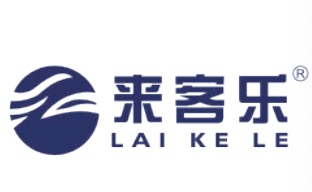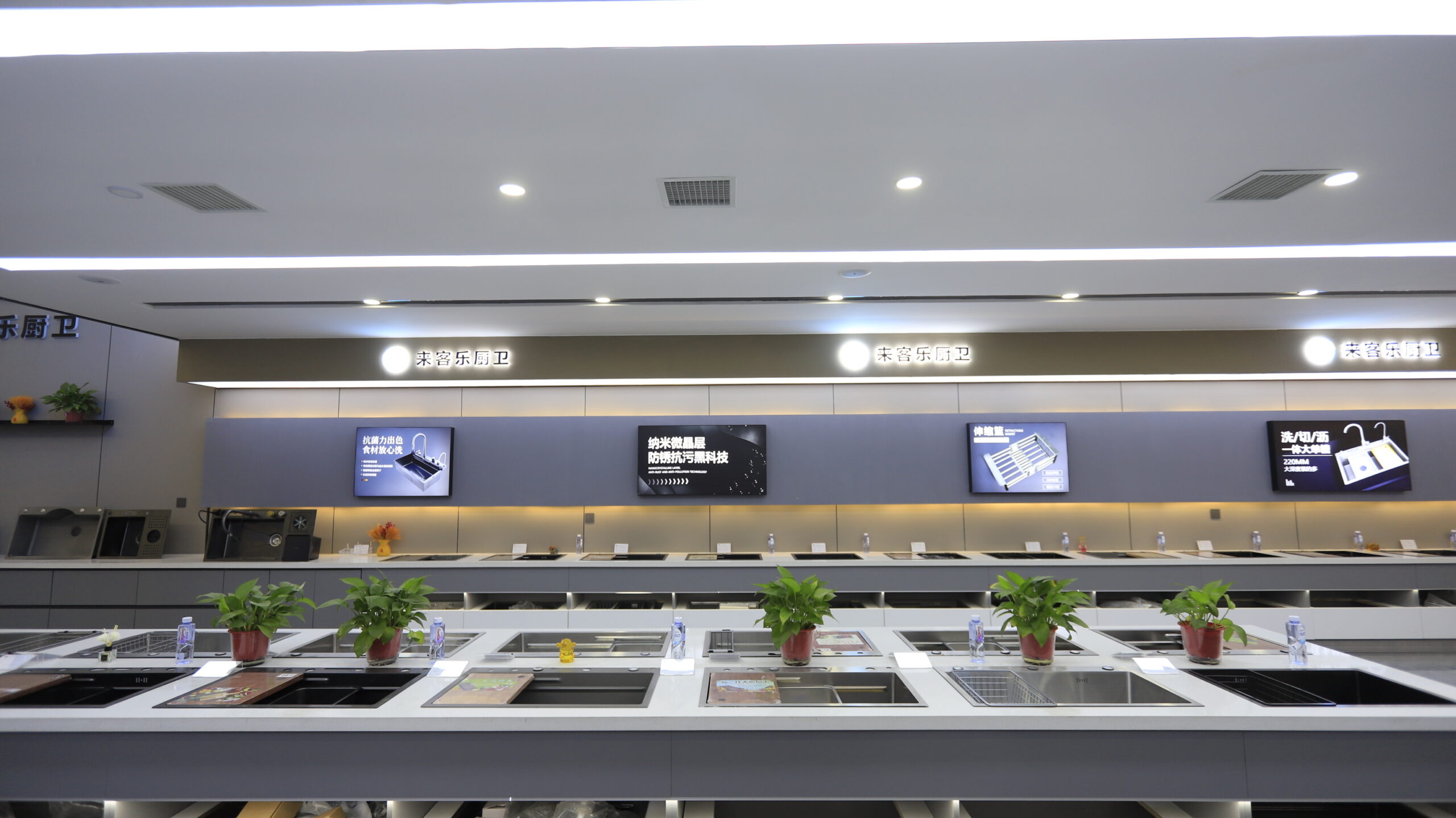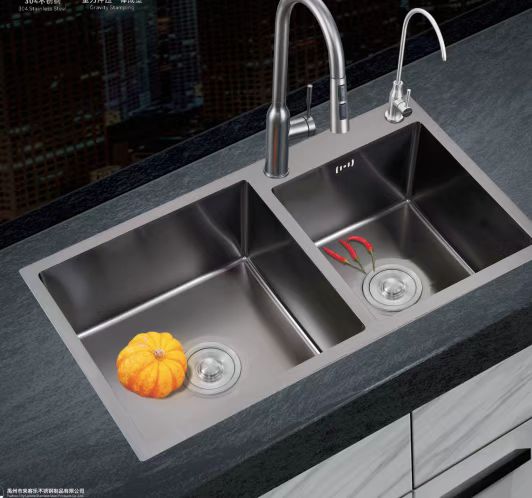Choosing 201 and 304 ?Stainless Steel for Kitchen Sinks Material Difference
**Choosing Between 201 and 304 Stainless Steel for Kitchen Sinks: A B2B Perspective**
In the ever-evolving world of kitchen design, the choice of materials can significantly impact the quality and durability of the products offered. For kitchen sink manufacturers and sellers in the B2B sector, the choice between 201 and 304 stainless steel is crucial. But what makes one better than the other, and how do these materials fit into broader industrial trends?
Stainless steel is renowned for its corrosion resistance, durability, and sleek appearance, making it a preferred choice for kitchen sinks. However, not all stainless steel is created equal. The primary difference between 201 and 304 stainless steel lies in their composition and corrosion resistance, factors that can greatly influence cost, quality, and application suitability.
**Understanding the Basics: Composition Differences**
To frame the conversation, 304 stainless steel is composed of approximately 18% chromium and 8% nickel, making it an “austenitic” stainless steel. This composition offers excellent corrosion resistance and is widely recognized as an industry standard for kitchen sinks due to its durability and performance.
In contrast, 201 stainless steel contains a lower nickel content (about 4-7%) and higher manganese. While 201 is less expensive, the reduction in nickel makes it less resistant to corrosion, particularly in environments exposed to moisture and salts—key considerations for kitchen applications.
**Performance vs. Cost: A Strategic Decision**
The decision between using 201 and 304 stainless steel often hinges on balancing performance with cost. From a B2B perspective, businesses must consider their target market’s priorities. High-end kitchen sink providers may prioritize the superior quality and longevity offered by 304 stainless steel. Consumers in this segment are likely more focused on durability and are willing to pay a premium for peace of mind.
Conversely, budget-conscious markets might find 201 stainless steel attractive due to its lower manufacturing costs. When price competitiveness is paramount, and the sinks are not subject to aggressive environments, 201 stainless steel can be a viable option, offering a decent compromise between quality and affordability.
**Case Study: Market Adaptation in Real-Time**
Consider a kitchen sink manufacturer that targets both premium and budget markets. By offering product lines in both 201 and 304 stainless steel, they can effectively cater to diverse consumer needs. Recently, one such company leveraged this dual approach to capture a new market segment in Southeast Asia, where the demand for quality at a lower price point was high, yet consumer awareness about material differences was growing.
This strategic adaptability not only expanded their consumer base but also strengthened their brand presence as a versatile provider capable of meeting varied needs.
**Sustainability and Material Choice**
Sustainability trends influence even material choices. While both stainless steel types are recyclable, 304 stainless steel’s longer lifespan aligns well with growing consumer and corporate demand for sustainable solutions. B2B enterprises increasingly find themselves needing to align with environmental standards and certifications. Durable materials lead to fewer replacements, thus aiding waste reduction goals—a selling point for environmentally-conscious clientele.
**Conclusion: Choosing Wisely for Future Needs**
For kitchen sink manufacturers, the decision between 201 and 304 stainless steel should be guided by market demand, end-user expectations, and long-term brand strategy. While 201 offers cost benefits suitable for mass-market appeal, 304’s durability lends itself to luxury segments and sustainability-focused products.
Ultimately, the choice of material becomes a reflection of the brand’s values and objectives. By strategically navigating these options, businesses can enhance product offerings, satisfy diverse customer needs, and maintain a competitive edge in the market.
**Open Question:**
As sustainability becomes increasingly important in the global market, how might advancements in stainless steel technology further impact material choice in kitchen sink manufacturing?
This question invites B2B players to consider the future trajectory of material innovation in the context of evolving customer expectations and global environmental priorities.


